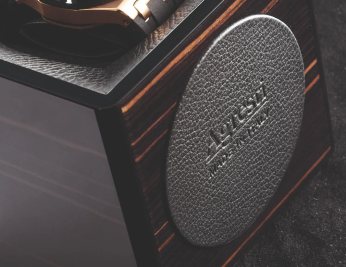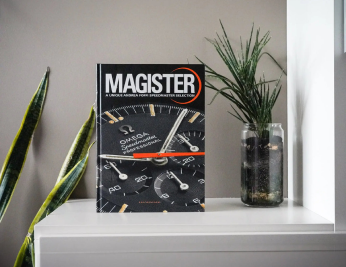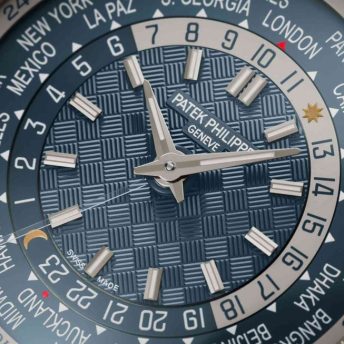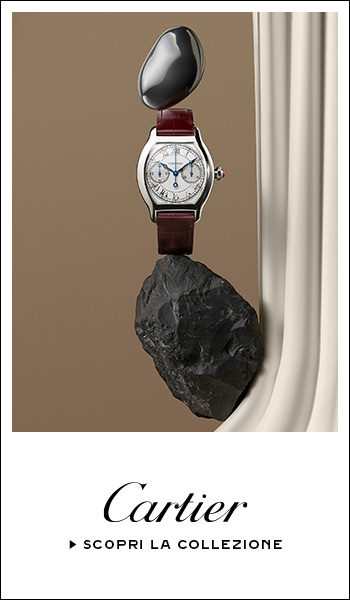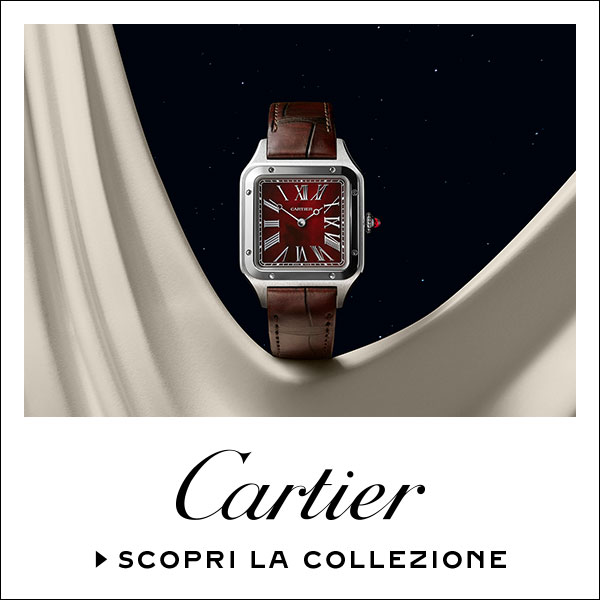Mystery watch is the term given to pieces whose hands appear to float in mid-air, without any connection to the movement.
Even though they are definitely not mainstream watches by any stretch of the imagination, many examples exist, and their stylistic interpretations of this dial configuration are vastly different to one another.
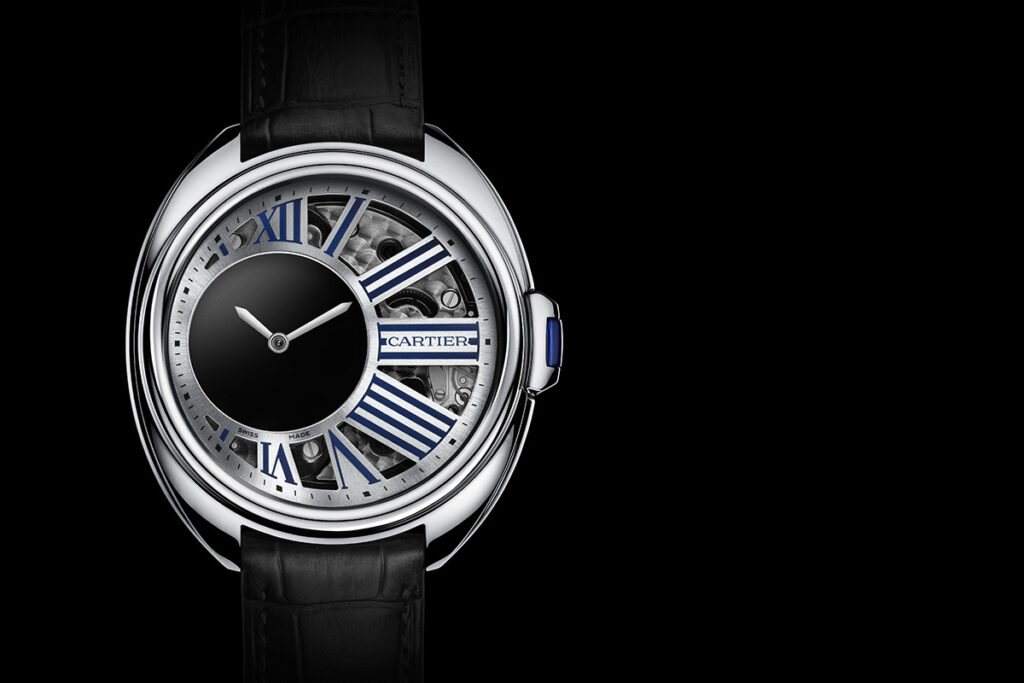
A long, long time ago
The first record of the enigmatic timepiece dates all the way back to 1839, when an aspiring watchmaker and illusionist by the name of Jean-Eugene Robert-Houdin created the first known Mystery Watch.
Does that name sound familiar? That’s because Erik Weisz, also known as “Harry Houdini”, was so inspired by the Frenchman that he paid tribute to him by adopting his last name as his own. Everybody has a hero, right?
Jean-Eugene’s creation however, was not meant for the wrist, but rather for a table or desk.
The movement was subtly hidden in the finely decorated base of this table clock, and a series of transmission mechanisms allowed for the time to be displayed on a transparent dial which was mounted on a pedestal.
But how is it done? They say a great magician never reveals their tricks, but in the case of the Mystery Watch, it’s too good to be kept a secret.

The Movement
In short, the hands themselves are not the ones that move, but rather are fixed onto transparent discs.
These transparent discs have teeth around their circumference (effectively transparent gears) which are driven by the movement, allowing them to rotate and make it appear as if the hands on them are rotating in thin air.
Although the concept is similar, the operation of the Mystery Watch is different between the table and wrist versions of the watch, whereby the movement of the latter is hidden underneath the non-transparent portion of the dial, rather than in the pedestal.
But, that’s it, right? Magic show’s over? Think again.
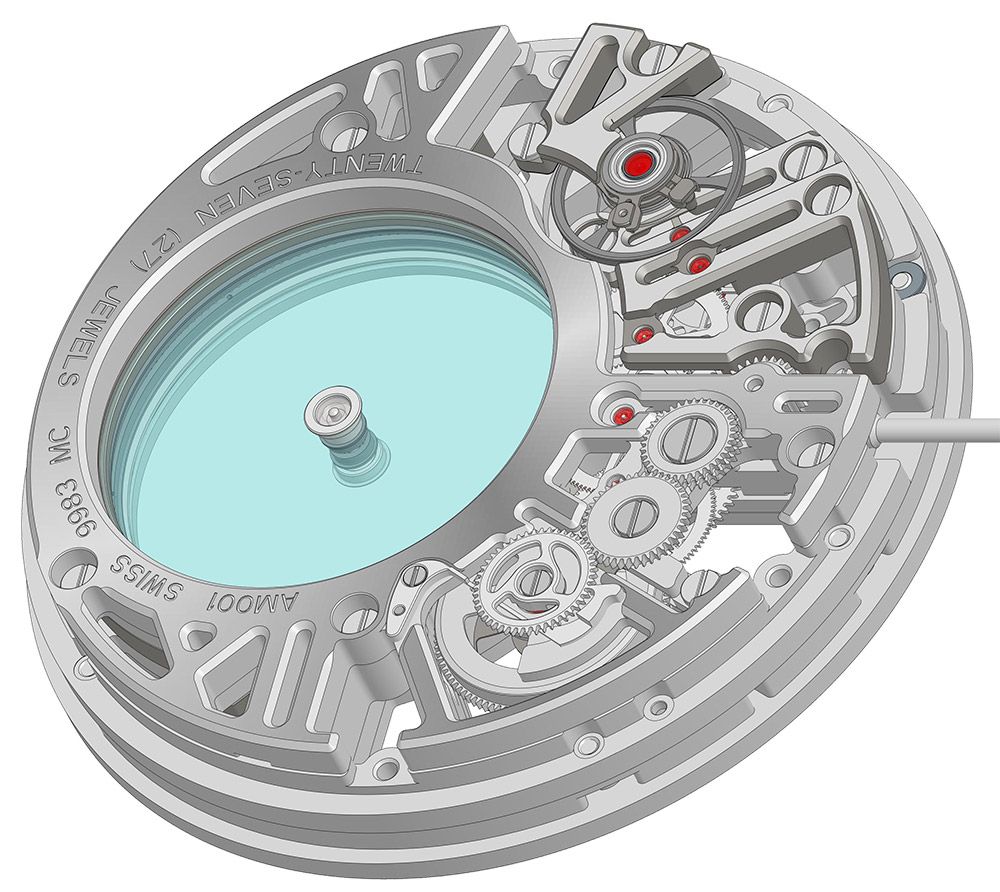
After Jean-Eugene Robert-Houdin’s tenure, Louis Cartier’s interpretations of this watch complication were made incredibly popular in the first half of the 20th Century thanks to how accessible he made them – first as table clocks, and then in the form of wristwatches.
Despite the relatively “simple” explanation behind the illusion and the operation of Mystery Watches, over the course of the years, master watchmakers have managed to render these pieces even more fascinating, complicated and aesthetically stunning.
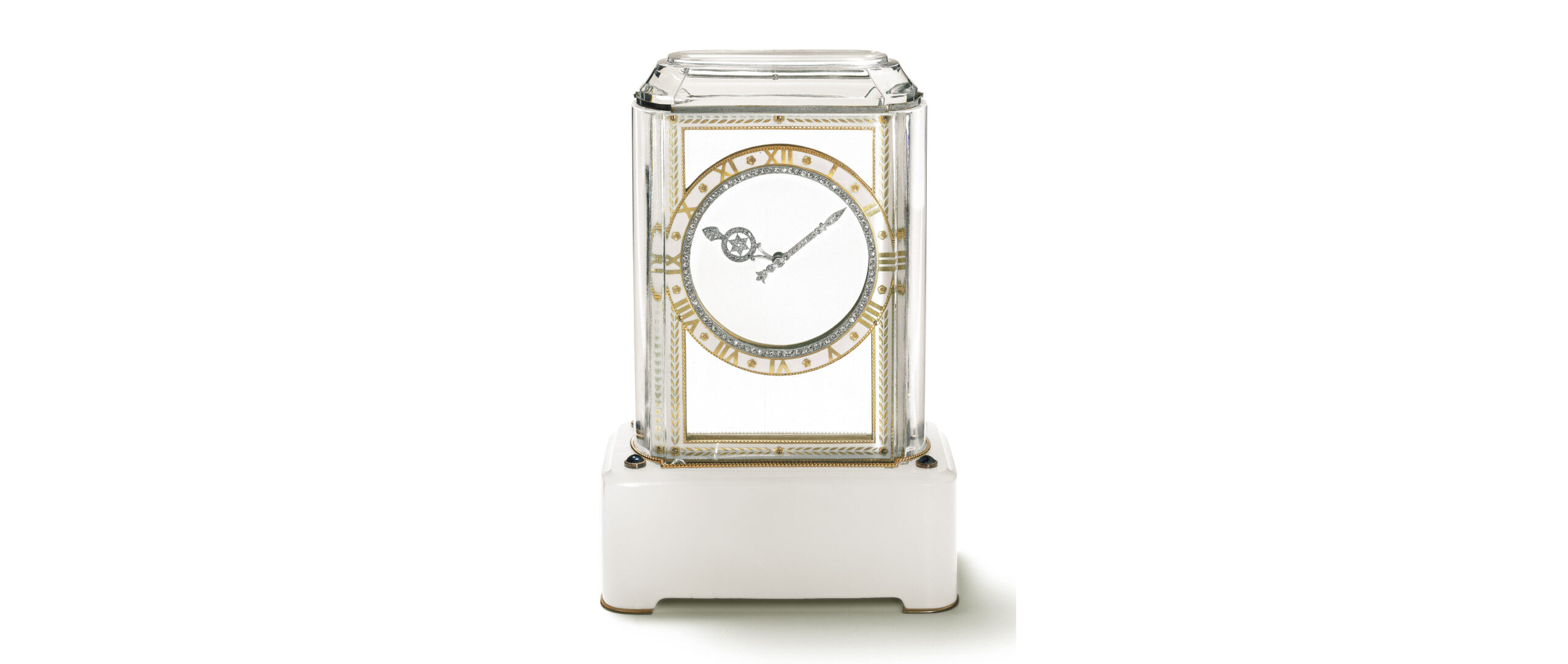
Those who have made their mark
Let’s have a look at some of the pioneer models in the field of Mystery Watches.
Cartier Rotonde de Cartier Mystery Watch
Being perhaps one of the most iconic Cartier models of all time, the Rotonde de Cartier Mystery pairs the magic floating hands concept with the unparalleled elegance of the French watch house.
In a 42mm case of either white or rose gold, the dial features the unmistakable Cartier Roman numerals and an ultra-thin in-house manual movement (the 4.61mm cal.9981MC) which guarantees a 48 hour power reserve.
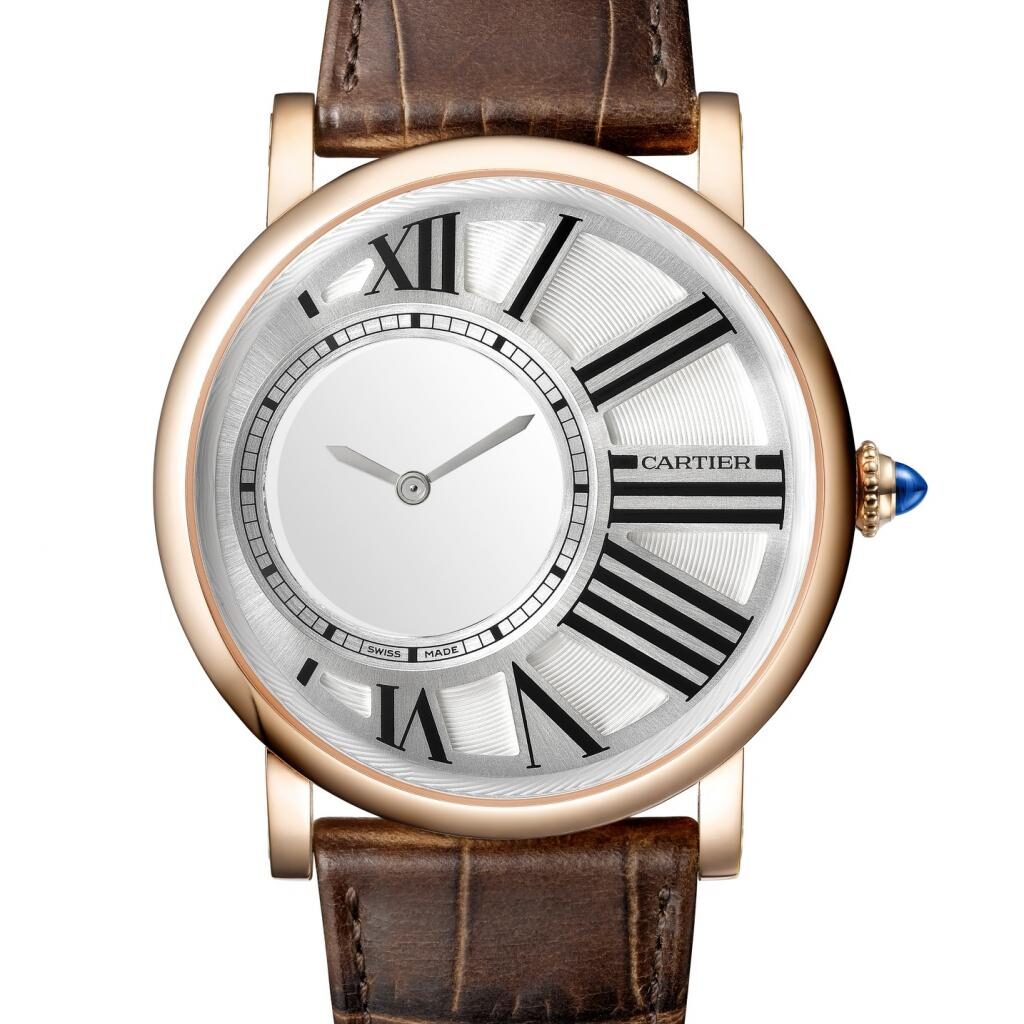
A skeleton version of this watch is also available, allowing for the wearer to observe and admire the complex movement behind the illusion. And yes, it still has the iconic Roman numerals.
Not to discredit the movement, but the real stars of the show are the ultra-clear sapphire discs.
Some watch enthusiasts are of the opinion that the watch is only beautiful when it is not worn, because when on the wrist, you can see the wearer’s arm hair.
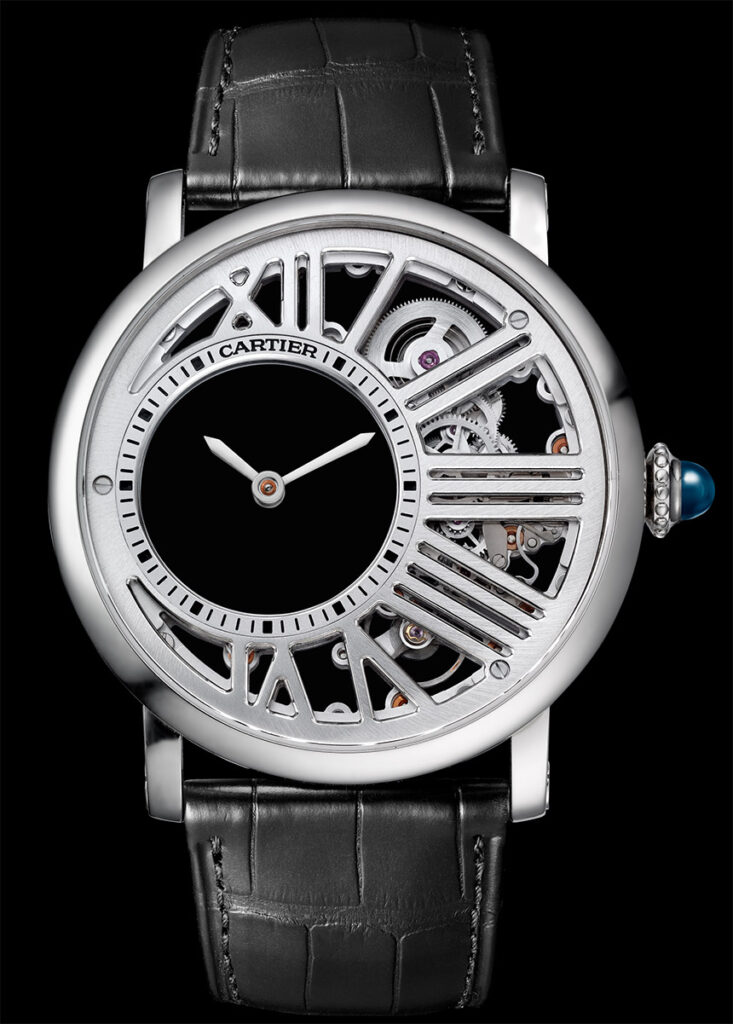
Cartier Rotonde de Cartier Mistery Double Tourbillon
At first read, one might think that this is simply the above watch with a Tourbillon, but this is far from the case. They say seeing is believing, and believe us, this definitely applies.
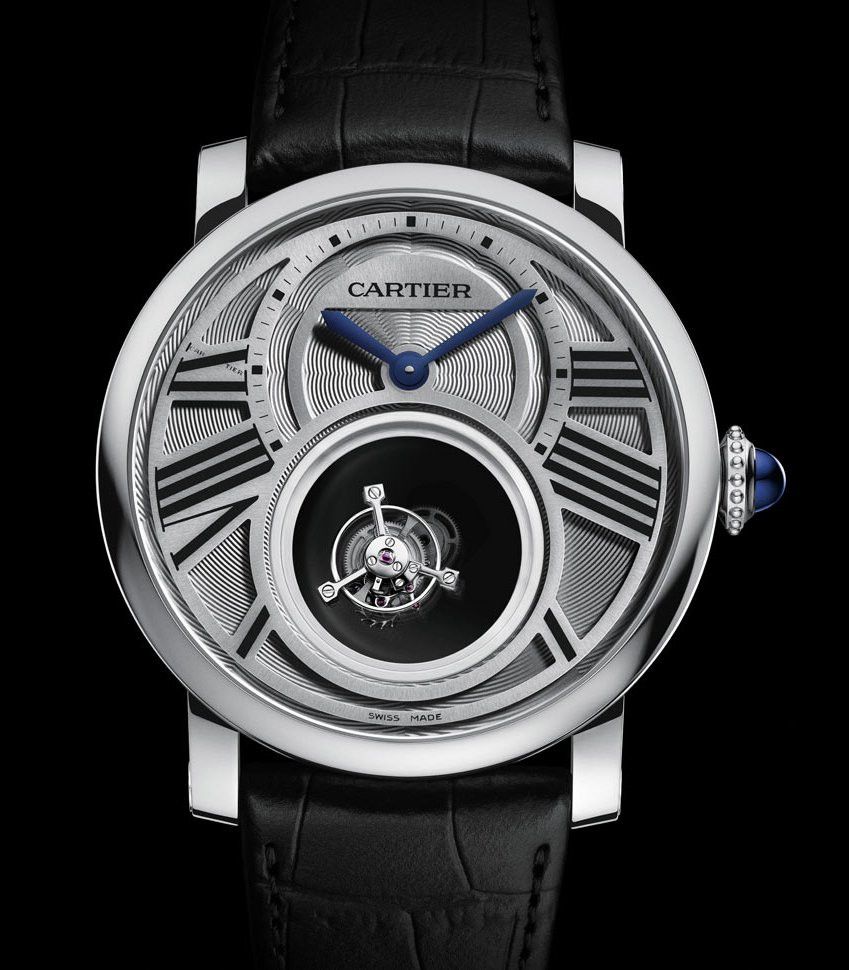
Instead of having floating hands, the levitating component of this watch is the Tourbillon itself. Located at the 6 o’clock position, the floating Tourbillon completes a full revolution every 5 minutes and rotates around its axis every 60 seconds.
The result is a marvellous optical effect, all made possible by the potential energy that gets transferred to the escape mechanism and then passed onto the hands through an additional disc mounted on a different level.
The manual cal.9465MC is totally in-house and allows a 50 hour power reserve. Although there are certainly many watches that have a larger autonomy, this number must be viewed in the context that a mechanism of this magnitude takes far more energy to power than the regular wristwatch.
Thanks to the various superlative characteristics, both in terms of technology, finish and design, this model (as well as the skeletonised version of it) was awarded the widely coveted Geneva Seal.
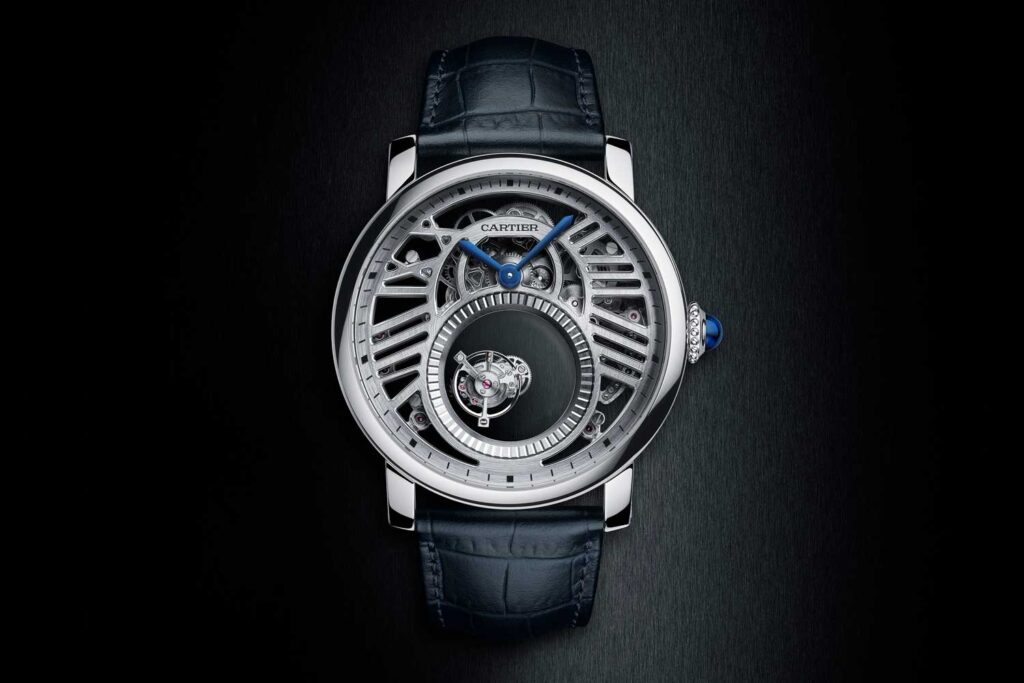
Konstantin Chaykin Levitas
The Russian watchmaker (also known for their Joker masterpiece, which we talk about here) has always been a large admirer of the Mystery Watch concept, and after much experimentation, launched the Levitas line in 2009.
Available in either white or rose gold, and with many different dial configurations, the Levitas is powered by the manual calibre KRM 03-1, with a 42 hour power reserve. This allows the wearer to read the floating hours on a significantly larger face when compared to the Cartiers.
The Levitas is characterised by proprietary Chaykin style features, such as the unique geometry of the hands and the finish of the movement, made visible by the clear caseback.
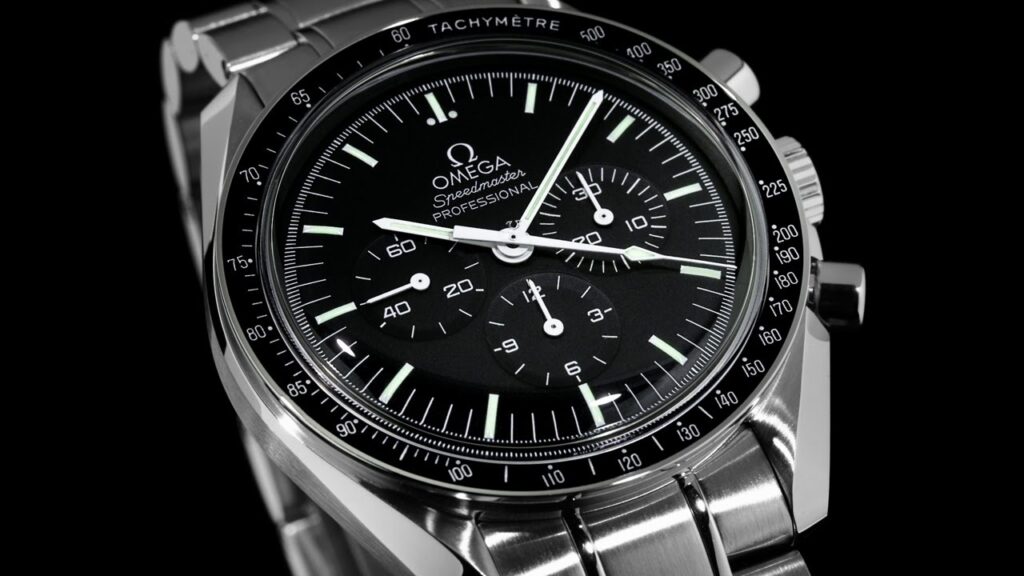
Konstantin Chaykin Levitas Moonphase
This version is similar to the above mentioned models, but it comes exclusively in a 44mm rose gold case.
The equally manually-wound and totally in-house cal. KRM02-0 provides a slightly lower power reserve of 33 hours. This is due to the lunar phase indicator at the 3 o’clock position, placed on a small non-transparent portion of the dial, and it is a very uncommon inclusion for Mystery Watches.
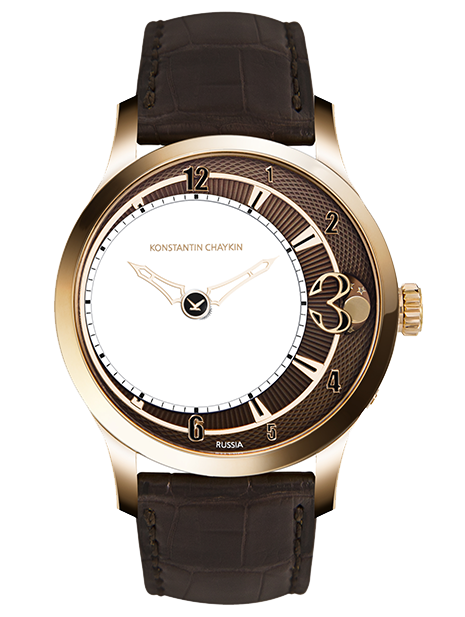
LeCoultre Galaxy Mistery
n 1950, a very interesting (and so far only one-time) joint venture saw LeCoultre and Vacheron Constantin collaborate to create this unique watch.
In this case, the hands are not really “hands” per se, but two diamonds (one larger and one smaller to indicate hours and minutes respectively) that are mounted on two central transparent discs.
Unlike the previous watches, the Galaxy Mystery does not have any apertures: the rotational energy is supplied by the central pin/pivot, and not by gear-like teeth on the circumference of the discs.
The shape of the watch and the design proportions are in classic ‘50s fashion and are adorned with diamond hour markers.
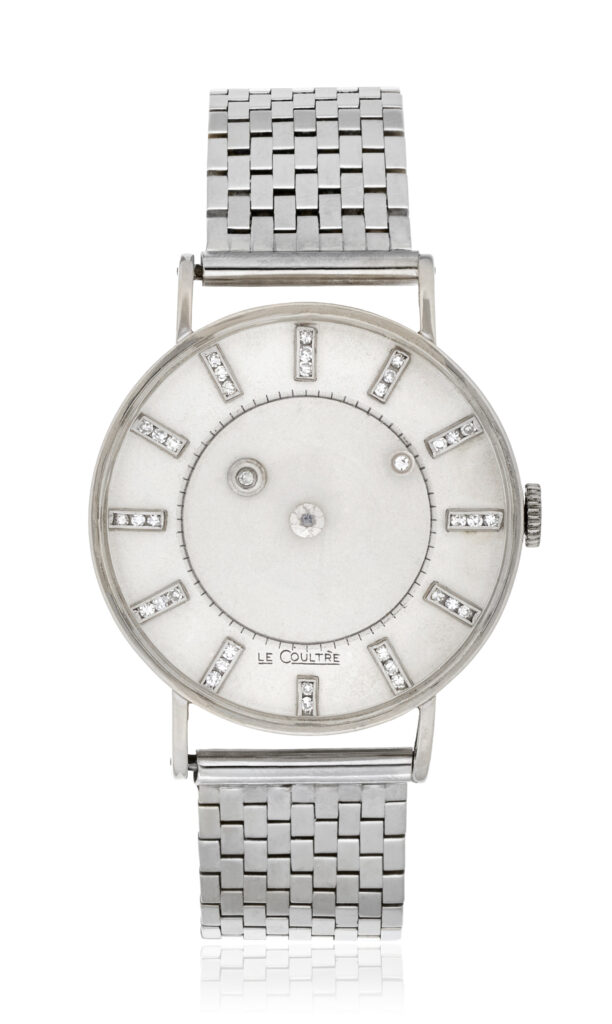
Mystery Watches are a very sophisticated and unusual niche, and the will to buy one couldn’t be moved by anything but taste and charme.
We would like to see this complication reinterpreted in some peculiar ways in the future, making it coveted and desirable even more than before.
Translated by Patrick R.

